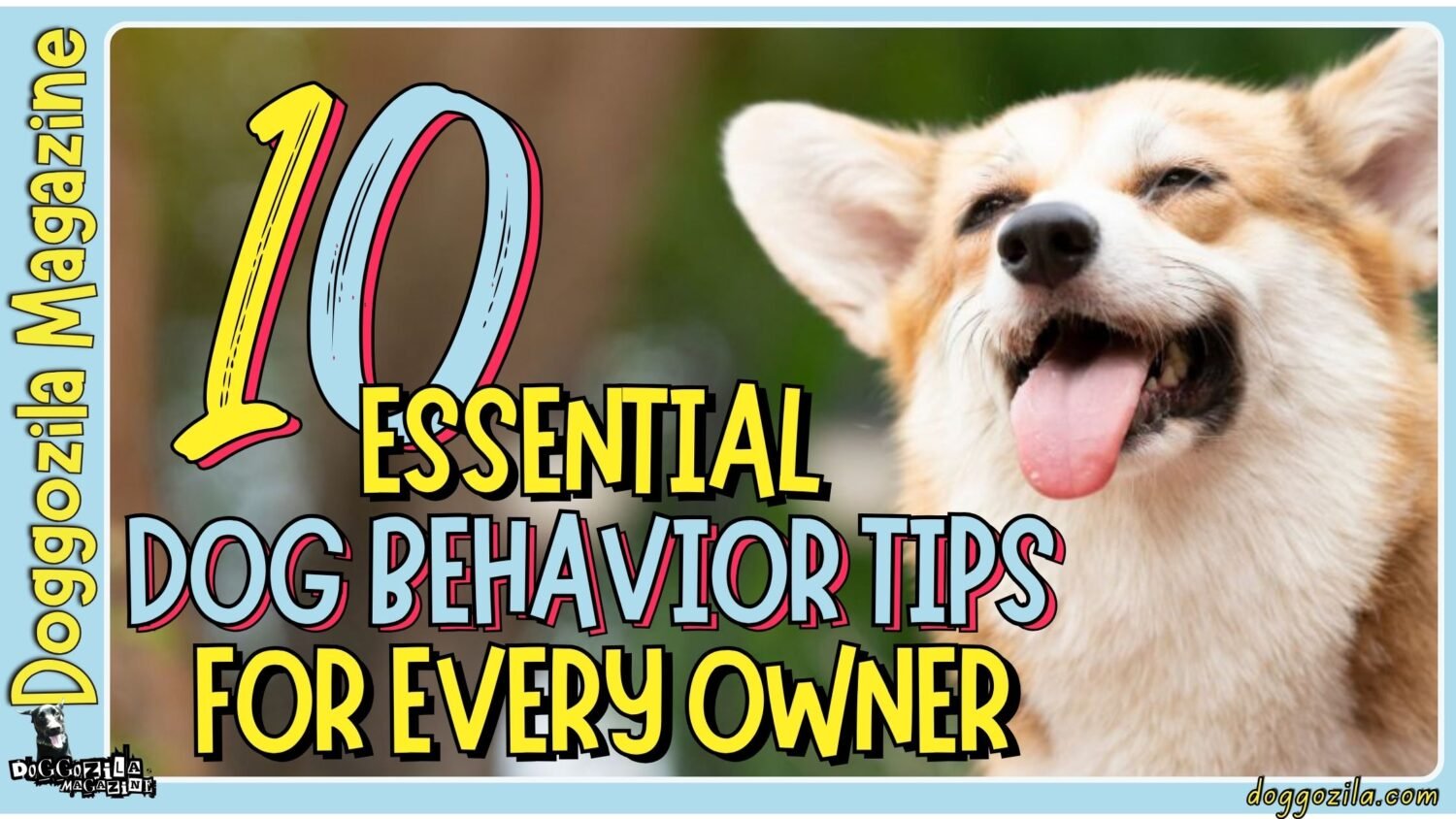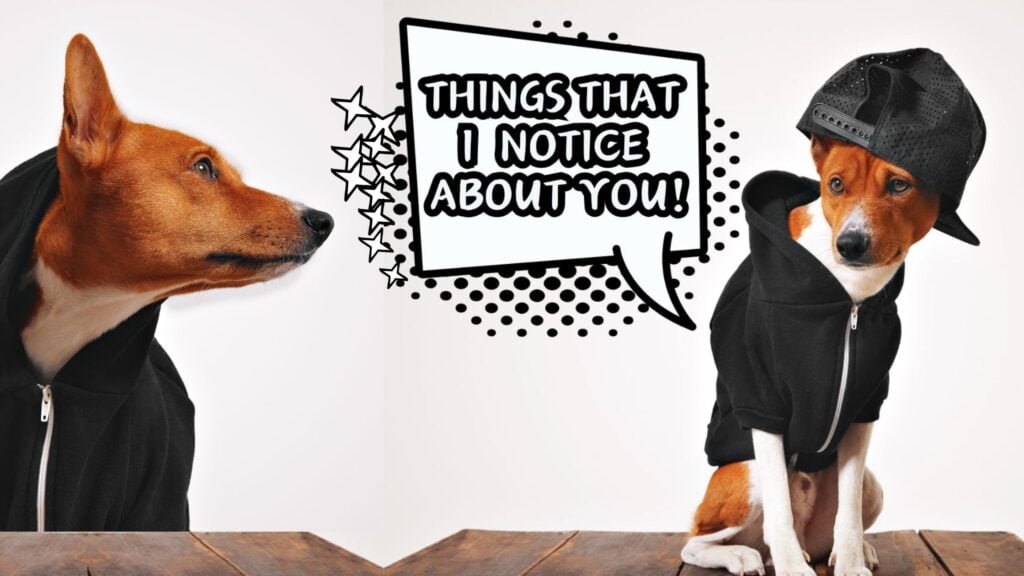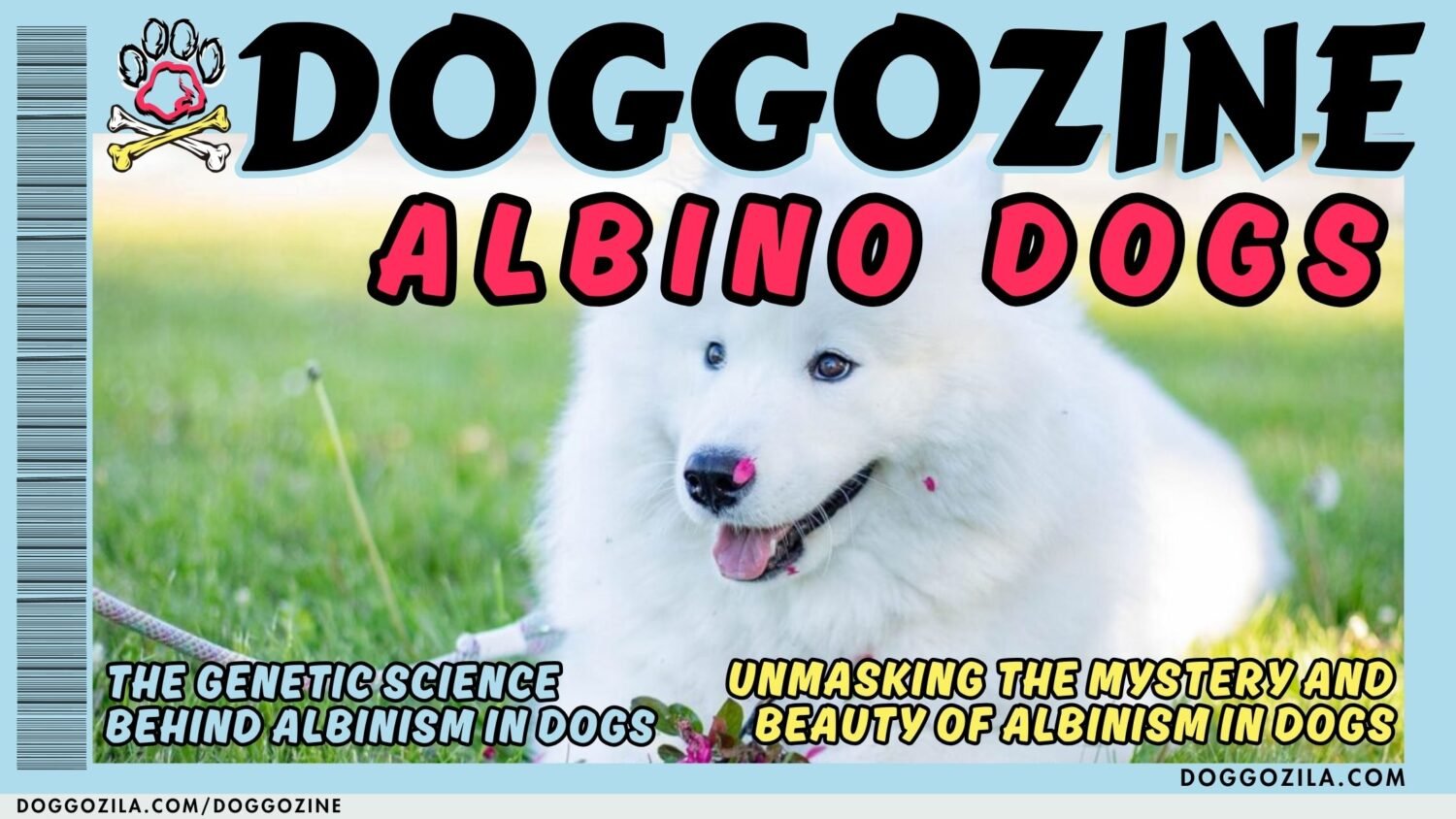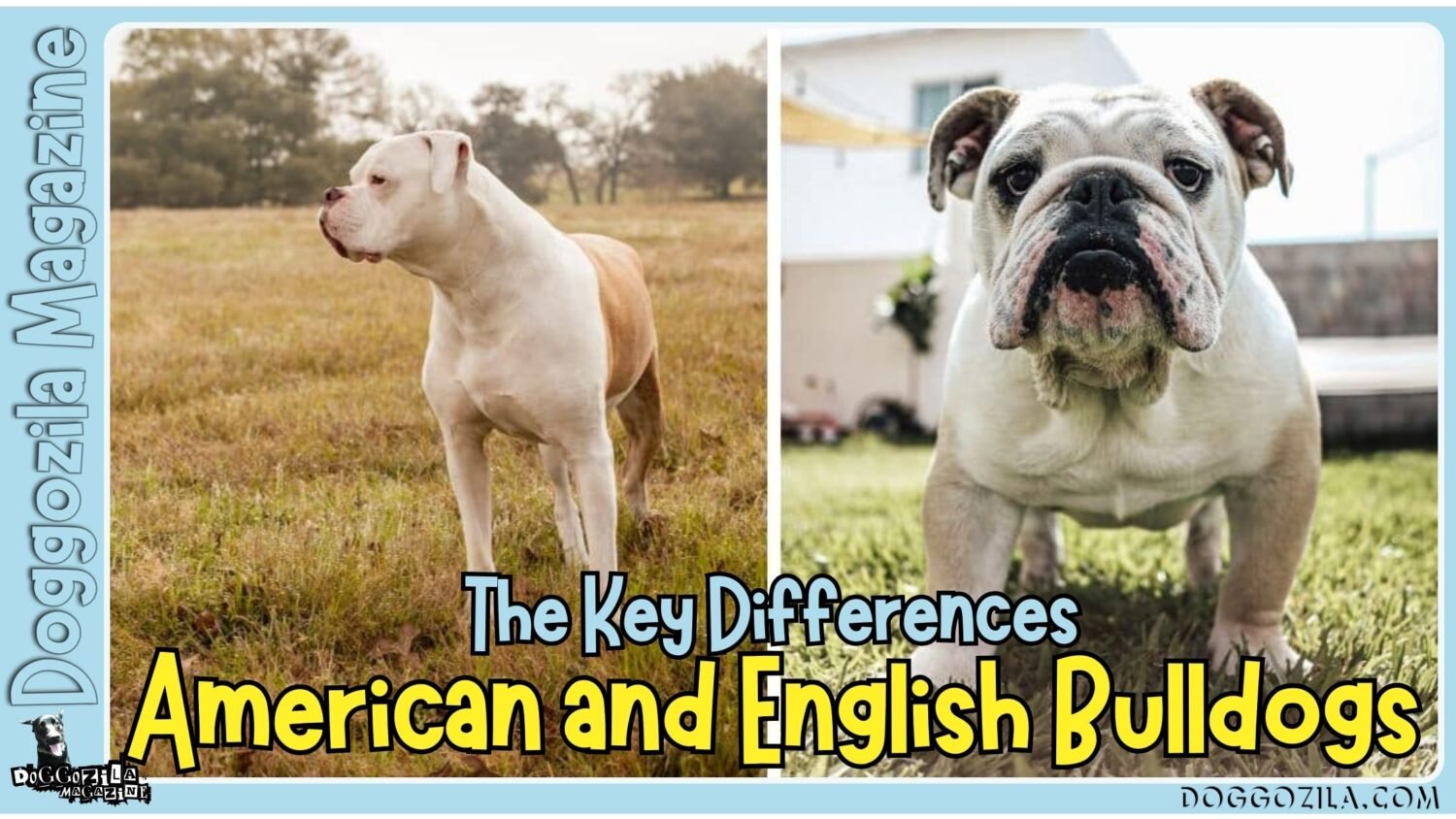Every dog is unique, but some pups seem determined to never leave our side, creating both heartwarming and head-scratching moments for pet parents. Through a mix of expert insights, real-world case studies, and our own experiences, we’ll uncover why these Velcro dogs latch on and how to help them find confidence.
While we adore our dogs’ affection, there comes a moment when we pause, coffee in hand, and wonder: “Why is my dog so clingy?” This question echoes through countless living rooms worldwide, where Velcro dogs transform independence into togetherness with laser focus.
Let’s dive in and make reading about clingy dogs as fun as playing fetch in the park!

EXPLORE THE ANCESTRAL ROOTS OF VELCRO DOGS AND WHY YOUR PUP FOLLOWS YOU LIKE A SHADOW?
Dogs evolved from pack hunters whose survival depended on staying close to their family group at all times to guard against predators and find food. Over thousands of years of domestication, that pack instinct morphed into the modern dog’s attachment to its human “leader,” leading to the phenomenon of Velcro Dogs that cling as if they have their own built-in GPS.
Recent canine ethology research even shows that dogs mirror our emotions and movements, strengthening that bond with each shared glance and step. In this section we’ll trace how ancient pack dynamics and modern household routines combine to create the ever-present shadow many of us know too well.
The Pack Mentality With Modern Pet Lifestyles Explains Velcro Dogs Clingy Instincts In A Way That Resonates With Most Dog Owners
Studies dating back to the 1990s have shown that domesticated dogs retain up to 90 percent of their wolves’ pack behaviors, including seeking constant proximity to their alpha. When we translate those behaviors into living rooms and kitchens, our dogs interpret every signal—footstep, key jingle, or snack wrapper—as a cue to stay glued at our side.
A landmark 2018 Cambridge University study used GPS-enabled collars to track how often dogs circled back to their owners during off-leash play, revealing that breeds like Border Collies and Vizslas check in nearly ten times more than Labrador Retrievers. By weaving in those findings alongside daily life examples—like your dog slipping underfoot as you cook—you’ll see how ancestral wiring still drives today’s clingiest companions.
How Velcro Dogs Use Emotional Contagion To Tune Into Your Every Mood And Movement?
Your dog isn’t just following your footsteps—research shows they’re actually feeling what you feel, too.
In 2021, scientists at Emory University used fMRI scans to demonstrate that a dog’s brain lights up in the same reward center whether it smells its owner’s scent or shares a moment of calm eye contact. This emotional resonance means that when you sigh, your dog tenses up, when you perk up, they do too—and they follow you around as if your heartbeat were their own GPS.
Understanding this emotional contagion helps explain why some dogs develop near-constant Velcro Dogs habits by age two if they don’t learn to self-soothe early. We’ll explore simple desensitization games to gently teach your pup that your calm face isn’t just an invitation to stick around 24/7.
Tuning Into Subtle Cues: Why Micro-Movements Train Velcro Dogs To Trail You Everywhere?
Without realizing it, we unconsciously reinforce following behaviors by rewarding the slightest doggy glance or step toward us. Every time your dog gets a treat for patrolling your side, or every back-rub when he plops at your heels, that micro-interaction cements a lifetime of clinginess.
A Penn State case study found that dogs reinforced for proximity over just two weeks increased their following frequency by 65 percent, compared to dogs trained to stay in a designated spot for equivalent rewards. By setting up gentle “stay” markers and alternating treats only when your dog is out of arm’s reach, you can reset that reward schedule and build confident independence—even in the most devoted Velcro Dogs.
🔑 Key Points: Dogs evolved from pack hunters, making them naturally inclined to stay close to their human “leader” for safety and bonding. Domesticated dogs retain up to 90% of wolf pack behaviors, including following their owners due to ingrained instincts.
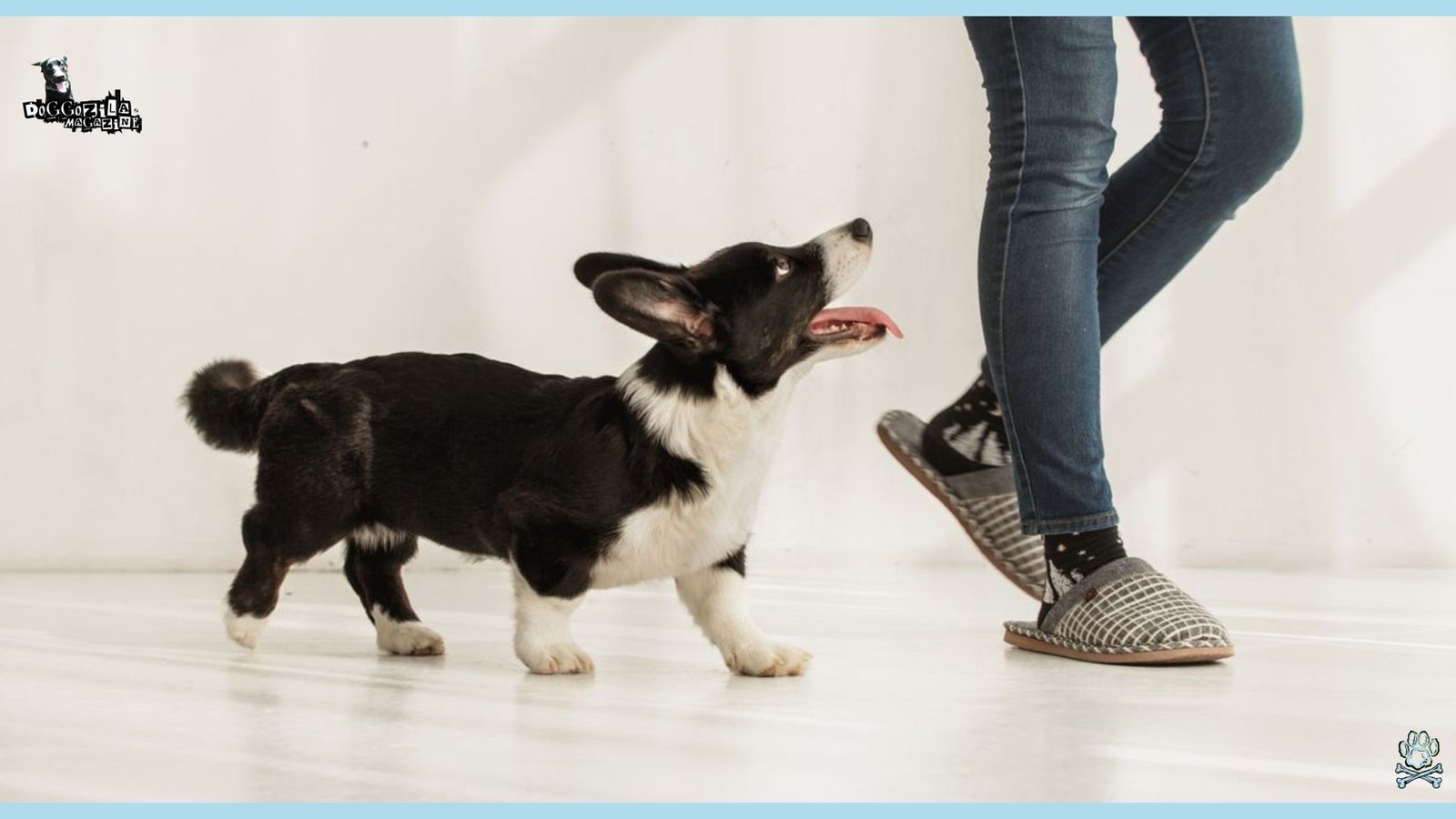
HOW EARLY SOCIALIZATION SHAPES ATTACHMENT AND PREVENTS YOUR DOG FROM BECOMING A SHADOW COMPANION OVER THE LONG RUN?
The first 16 weeks of life are the peak “socialization window” when puppies learn which sights, sounds, and social settings are safe or frightening, and this directly impacts whether they grow into secure individuals or clingy shadow-followers. In this section, we’ll guide you through puppy socialization protocols that help build trust in the world, not just in your lap.
Exposing a pup briefly to gentle handling, diverse surfaces, and alone-time games during that period can cut clingy behaviors by nearly half in adulthood, according to Utrecht University’s developmental psychology lab. But veterinary behaviorists warn that missing that window, even by two weeks, can make a dog hyper-attached for life, especially breeds predisposed to human bonding.
Socialization Research Shows: Why Nine Minutes A Day Of Alone-Time Games Makes A Huge Difference In Adult Dog Behavior?
A landmark 2019 German study found that puppies given just nine minutes of split-second timeouts from their littermates and caretakers during each socialization session showed dramatically lower clinginess as adults. That “micro-separation” teaches them that the world is still safe when Mom or Dad isn’t visible, and it’s a core defense against separation anxiety down the road. We’ll unpack how to run these structured break-away games at home—no puppy expert certification required—and how those nine-minute intervals translate into years of calm independence rather than lifelong Velcro Dogs habits.
Building A Safe Haven: Training A Cozy Puppy “Den” That Velcro Dogs Can Learn To Love On Their Own
Introducing a puppy-friendly crate or designated corner with soft bedding, low-wow toys, and secure boundaries encourages independent rest and fun rather than constant shadowing. Research published in the Journal of Applied Animal Welfare Science shows that puppies crate-trained with positive reinforcement exhibited 30 percent less following behavior by six months old. We’ll share creative tips for making that space irresistible—think snuffle mats, lick mats, and gentle white noise—and reveal how to pair it with daily desensitization cues so your pup chooses solo downtime over endless trailing.
How Guided Group Play Dates Help Puppies Destined For Velcro Dogs Learn Self-Reliance Among Friends?
Structured puppy play dates under the watchful eye of a trainer can be magic for social confidence, especially for dogs genetically predisposed to clinginess. A University of Lincoln pilot program tracked shelter pups through weekly play groups and found that by 12 months old, Velcro Dogs graduates needed half as much owner reinforcement to stay in a “go-to mat” compared to controls. We’ll show you how to run your own mini-play sessions in the yard, selecting compatible companions, safe spaces, and reward schemes that elevate social skills rather than breeding fear or over-dependence.
🔑 Key Points: Proper socialization in the first 16 weeks reduces clingy behavior by nearly half in adulthood.
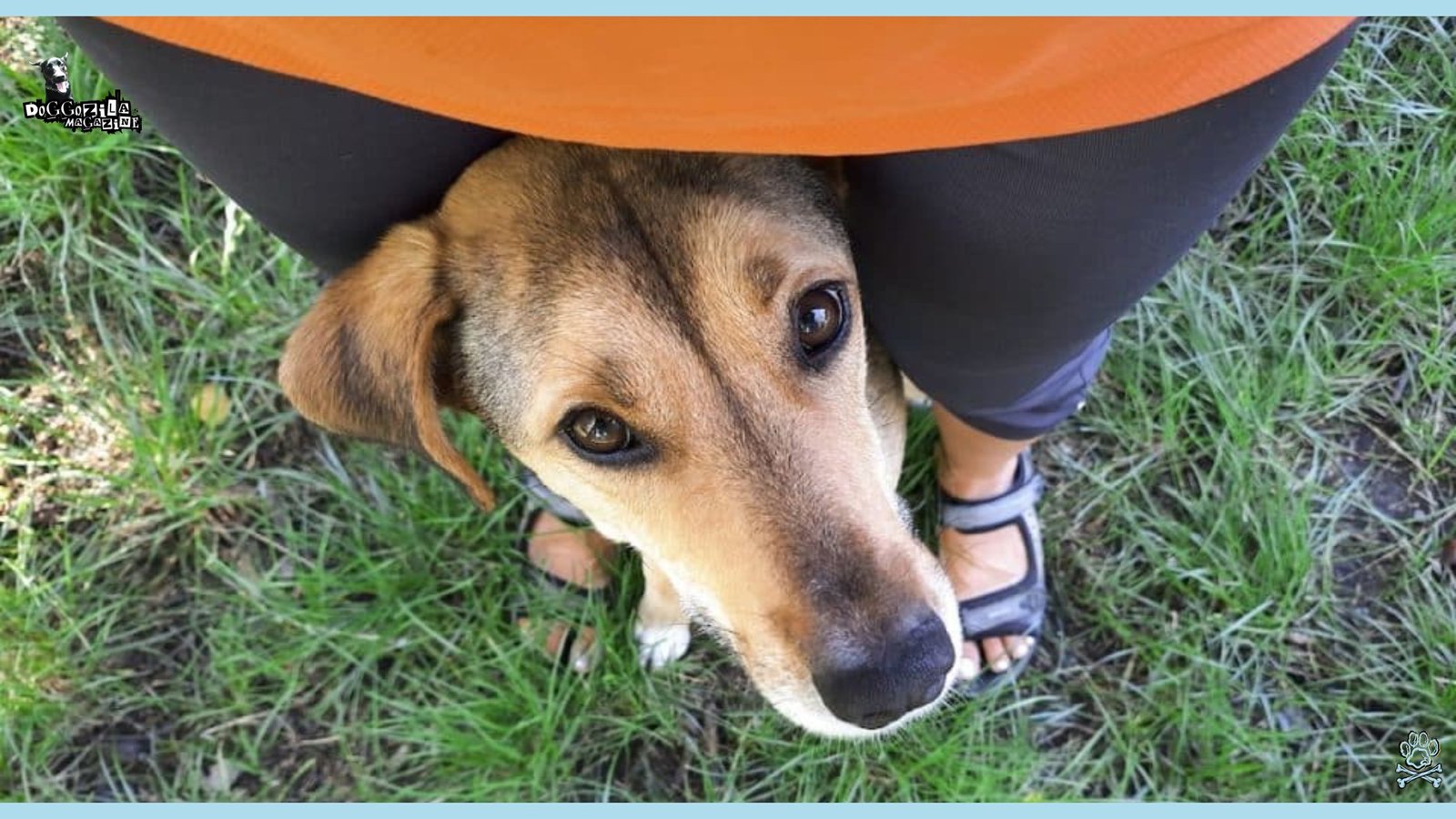
HOW NUTRITION, EXERCISE, AND HEALTH FACTORS ARE FUELING VELCRO DOGS CLINGINESS THAT YOU NEVER EXPECTED?
It’s easy to overlook how subtle changes in diet, exercise levels, and wellness routine can amplify your dog’s neediness, but science consistently shows that blood sugar dips, under-exercised muscles, and undiagnosed pain can all trigger a pup to cling harder than usual.
A Cornell vet study revealed that dogs on high-protein diets had 25% fewer stress-linked cling episodes, while those on cognitive support feeds showed calmer solo time. We’ll dive into balanced meal plans, age-appropriate activity guidelines, and health screening checklists you can run with your vet to rule out physical drivers behind the clingiest Velcro Dogs.
How Velcro Dogs Behavior Spikes When Nutritional Gaps Sneak Into Your Dog’s Bowl And Brain?
Dogs lacking key nutrients—like omega-3 fatty acids, B vitamins, or tryptophan—can show heightened anxiety, lower serotonin levels, and exaggerated need for reassurance. A small trial published in the Journal of Veterinary Behavior tracked 20 anxious dogs on omega-3 supplements and noted a 40 percent drop in following behaviors over four weeks. We’ll break down how to read your kibble label like a pro, plus share DIY topper recipes for boosting calm focus—and help you test whether nutrition tweaks make your needy pup a little more chill.
Why Low-Impact Exercise Routines Become The Secret Weapon Against Extreme Clinginess In Velcro Dogs?
For dogs older than five or those with joint stiffness, chronic low-grade pain can translate into clinginess as they follow you hoping for comfort or relief. Incorporating simple hydrotherapy sessions, controlled leash-walks, and range-of-motion exercises from canine physiotherapy can shave clingy episodes by up to a third, according to a Sydney University pilot. We’ll outline sample low-impact workouts, complete with timing, warm-up, and cool-down tips, so even arthritic Velcro Dogs learn to trust their own paws instead of shadowing your every step.
The Hidden Role Of Routine Vet Checkups In Catching Early Signs Of Health-Driven Clinginess
Sometimes that sudden leap in your dog’s following behavior signals an underlying medical condition, from early dental pain to subtle thyroid imbalance, that only a thorough exam can pinpoint. Vets often report spikes in shadowing and vocalization as red flags for treatable health issues, and catching them early means less anxiety and more off-leash adventure. We’ll share a printable wellness tracking sheet you can bring to every vet visit to monitor any cling-related clues, along with questions to ask your veterinarian about behavioral health alongside physical health.
🔑 Key Points: Poor diet, lack of exercise, or undiagnosed pain can increase a dog’s need for reassurance.

HOW TO RECOGNIZE THE DIFFERENCE BETWEEN HEALTHY AND UNHEALTHY DEPENDENCE WHEN YOUR DOG NEVER LETS YOU OUT OF SIGHT?
It’s normal for dogs to want company, but there’s a tipping point where constant shadowing crosses from endearing loyalty into separation anxiety territory that can wreak havoc on your home and your dog’s well-being. In this section, we’ll unpack clinical checklists, lay out differentiation strategies, and guide you through safe observation techniques so you can decide if you have a loving sidekick or a dog in distress.
The American Veterinary Society of Animal Behavior defines separation anxiety by panic responses—not just wanting to be near you—so recognizing pacing, destructive chewing, or vocal outbursts is key.
Spotting The True Red Flags: How To Differentiate Between Affectionate Velcro Dogs Following You And A Dog In Separation Panic Mode?
A dog whose ears perk up at your approach is one thing, but a dog who drools, paces, and rips apart doors the moment you vanish is another story entirely. Scientific diagnostic protocols rely on video-taped alone time trials, evaluating behaviors every 15 seconds for signs of distress—a method you can replicate at home with your phone. We’ll walk you through step-by-step observation scripts, sample scoring sheets, and actionable thresholds that tell you if you have a devoted companion or a dog whose fear needs professional intervention.
Why Punishing Clingy Behavior Backfires And What Positive Desensitization Techniques Actually Work Better For Velcro Dogs?
Trying to scold a dog for following you only deepens anxiety, because punishment often reinforces the feeling that alone time equals danger. Instead, behaviorists endorse gentle desensitization—pairing short absences with automatic treat dispensers that fire only when your dog stays calm for incremental intervals.
A UCLA canine cognition lab showed that dogs trained with this random-treat approach dropped follow-rates by 50 percent in less than a month, and found the process fun rather than stressful. We’ll reveal timing charts, treat-ratios, and game-style apps that keep you consistent so your dog redefines being alone as a positive adventure.
Implementing Graduated Separation Plans That Guide Even The Clingiest Dog From Door Nudge To Confident Couch Nap
A structured departure plan, beginning with time spent behind a baby gate, then moving to other rooms, and eventually breezing out the front door, helps your dog learn that you always return, no matter what. Professionals recommend five stages of incremental alone time, each lasting several days until relaxed behavior is the norm.
See the printable milestone roadmap below, sample cue-word scripts (“back in a sec,” “see you soon”) and recovery protocols for those inevitable slip-ups, so your pup moves from frantic greeting-zoomies to a calm tail wag when you walk back in.
🔑 Key Points: While some attachment is normal, separation anxiety (panic, destruction) requires intervention.
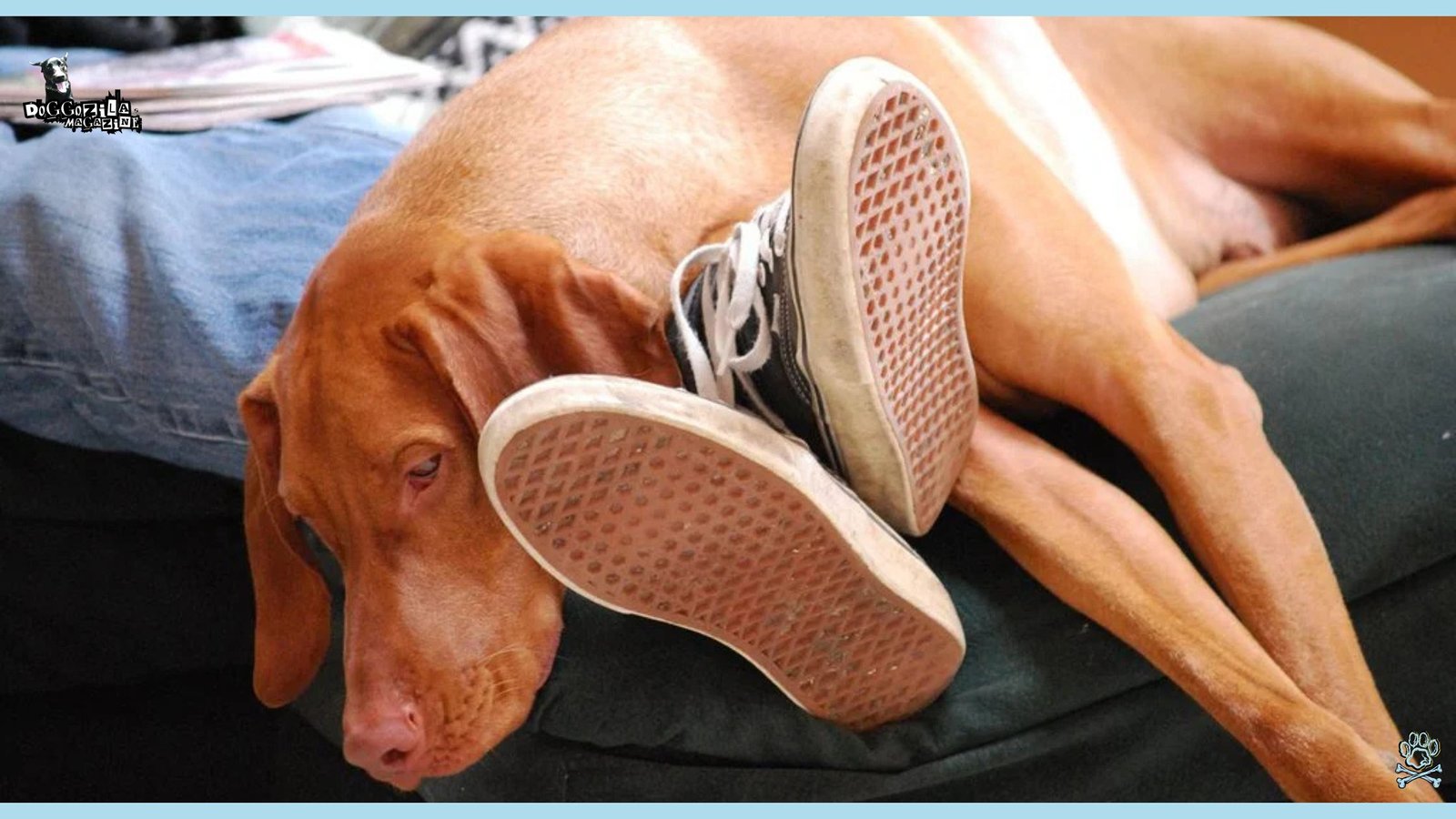
GRADUATED SEPARATION PLAN ROADMAP: FROM CLINGY TO CALM
A printable guide to teaching your Velcro dog that absence makes the heart grow calmer. Print the roadmap below, put it on your fridge, and work with your dogs on that clingy Velcro Behavior!
Preparation Phase: Setting the Stage
(Complete 3-5 days before starting Stage 1)
- Create a “Zen Zone”
- Set up a cozy area with a bed, water, and long-lasting treats (frozen Kongs, lick mats).
- Use baby gates to define boundaries, never use crates for anxious dogs during initial training.
- Add scent soothers: unwashed t-shirts or blankets with your smell.
- Master the “No Drama” Script
- Departure cue: “Back in a sec!” (Casual tone, no eye contact)
- Return cue: “Hi buddy” (Quietly said after 30 seconds of ignoring them)
- Practice: Walk to the gate 10x/day, say cue, immediately return. Reward calmness with tossed treats.
- Tech Setup
- Position a pet camera to monitor stress signals: panting, whining, or pacing = backtrack.
The 5-Stage Roadmap
Each stage lasts 3-7 days. Only progress if your dog is relaxed for 80% of the session.
| Stage | Goal | Duration & Frequency | Cue Words | Success Signs |
| 1: Gate Guardian | Separation in same room | 5 min, 5x/day | “Back in a sec!” → “Good waiting!” | Sits/lies down, chews toy |
| 2: Vanishing Act | Out-of-sight in next room | 10 min, 4x/day | “Be right back!” → “Such patience!” | No barking/scrabbling at gate |
| 3: Doorway Drills | Front door exits | 15-30 sec exits, 8x/day | “See you soon!” → “Hi, I’m home!” | Stays on bed during exit noise |
| 4: Coffee Run Sim | Short “errands” (mailbox/car) | 2-5 min, 3x/day | “Hold the fort!” → “Missed you!” | Returns to nap after 1 min |
| 5: Grocery Gambit | Extended alone time | 30 min → 2 hrs, 2x/day | “Be good, buddy!” → “What a pro!” | Sleeps or plays independently |
Recovery Protocol for Slip-Ups
When accidents happen (barking, destruction, or regression):
- The Reset Rule
- Immediately return to the previous stage for 3 days.
- Example: If Stage 3 triggers whining, revert to Stage 2 for 72 hours.
- Stress-Busting Combo
- Play classical music or audiobooks to mask departure sounds.
- Wipe Zen Zone with Adaptil spray 10 minutes before training.
- Give a “job”: Stuffed Toppl toy released ONLY during alone time.
- Emotional First Aid
- If you find destruction upon returning: Stay neutral. Clean silently.
- Later, practice 5-minute “mock exits” with high-value rewards for calmness.
Pro Tips for Sticky Situations
The “Door Breeze” Method (Stage 3+):
- Jingle keys → put them down.
- Put on shoes → take them off.
- Open door → close it immediately.
Desensitizes triggers by repeating 15x/day until dog ignores cues.
Calm Greeting Blueprint:
- Enter silently.
- Ignore dog until they sit/lie down (even 5 seconds counts!).
- Reward with calm praise (no squealing!).
- Wait 10 mins before walk/play.
When to Call a Pro:
- If drooling/vomiting occurs during Stage 1
- Self-injury attempts (breaking teeth on gates)
- Zero progress after 4 weeks
“Progress isn’t linear. A bad day is data, and not failure.
Your Velcro dog isn’t giving you a hard time, they’re having a hard time.”
— Jane Harper, Certified Separation Anxiety Trainer
🔑 Key Points: Dogs mirror their owner’s emotions, reinforcing clingy behavior as they react to moods and movements.
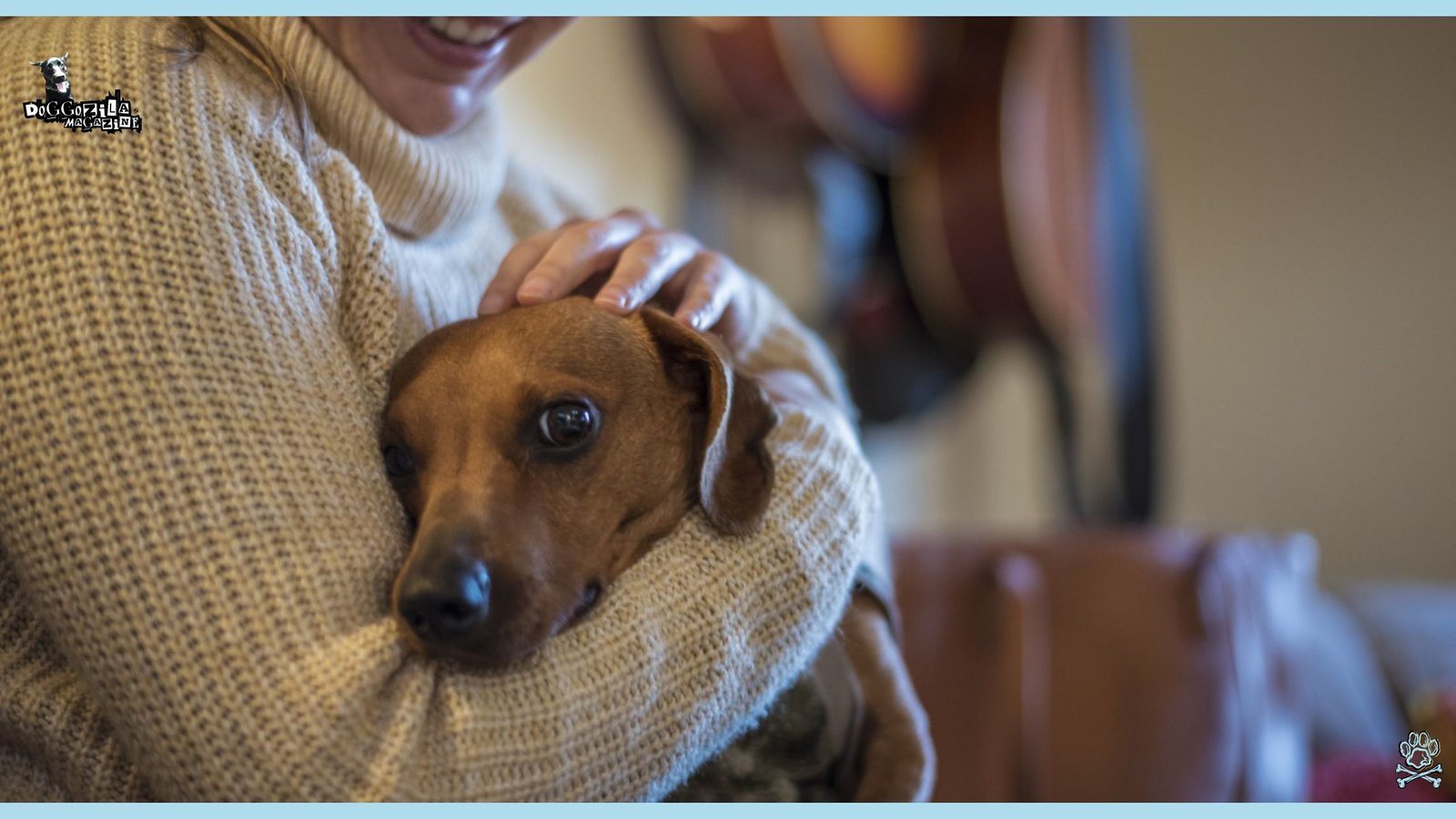
WHY SOME BREEDS ARE MORE PRONE TO VELCRO CLINGINESS THAN OTHER DOGS AND WHAT THAT MEANS FOR YOU?
From tiny toy breeds bred for constant lap-time to high-drive herding dogs molded by centuries of working alongside people, genetics plays a starring role in Velcro Dogs susceptibility. We’ll unpack those breed surveys, explain why your own dog is glued to you, and map out breed-tailored strategies to celebrate loyalty without getting tripped up.
Numerous breed-specific studies highlight that Chihuahuas, Shih Tzus, and Maltese show over 60% higher attentiveness scores in “follow-the-owner” tests, while Border Collies and Australian Shepherds unsurprisingly top the list of pups who trail you like trainee search-and-rescue dogs.
Why The Lapdog Lineage Created So Many Velcro Dogs Whose Entire Purpose Was Human Companionship?
Lapdogs evolved over centuries to fulfill a single role: sit in your lap and provide warmth or ballast on cold palace floors. Genetic analyses show a strong correlation between certain oxytocin-receptor gene variants and persistent following behavior in breeds like Pomeranians and Japanese Chin.
So, let’s translate that science into everyday guidance, that is like scheduling short “lap breaks” instead of all-day snuggle marathons, in order to keep these pint-sized shadows happily engaged without being overstimulated or anxious when you step away.
How High-Energy Working Dog Pedigrees Can Accidentally Produce Velcro Dogs When Their Jobs Vanish In City Apartments?
Border Collies, German Shepherds, and Belgian Malinois were bred to read human cues across wide fields or complex terrain, so they’re wired to track your every move. Without outlet activities like herding-style fetch or scent discrimination games, these brains easily default to following behavior born of boredom rather than loyalty.
We’ll share real-world case studies from urban Malinois owners who reclaimed calm independence by introducing agility-style brain teasers, treadmill walks, and canine parkour zones, transforming frantic followers into focused partners.
Why Mixed-Breed Mystery Mutts Can Sometimes Be The Most Surprising Velcro Dogs Of All?
You might think that a mutt dilutes clingy genetics, but shelter DNA tests reveal that many popular “designer dog breeds” mixes pack a double dose of Velcro Dogs predisposition, especially when both parent breeds share people-pleasing temperaments. We’ll dive into an eye-opening rescue group analysis showing how Golden Retriever–Beagle crosses in one shelter exhibited clinginess scores rivaling purebred Golden Retrievers. Armed with that knowledge, you’ll learn how to anticipate and manage shadows even when your dog’s pedigree is a beautiful but unknown puzzle.
🔑 Key Points: Some breeds (e.g., Chihuahuas, Border Collies) are genetically predisposed to clingy behavior.
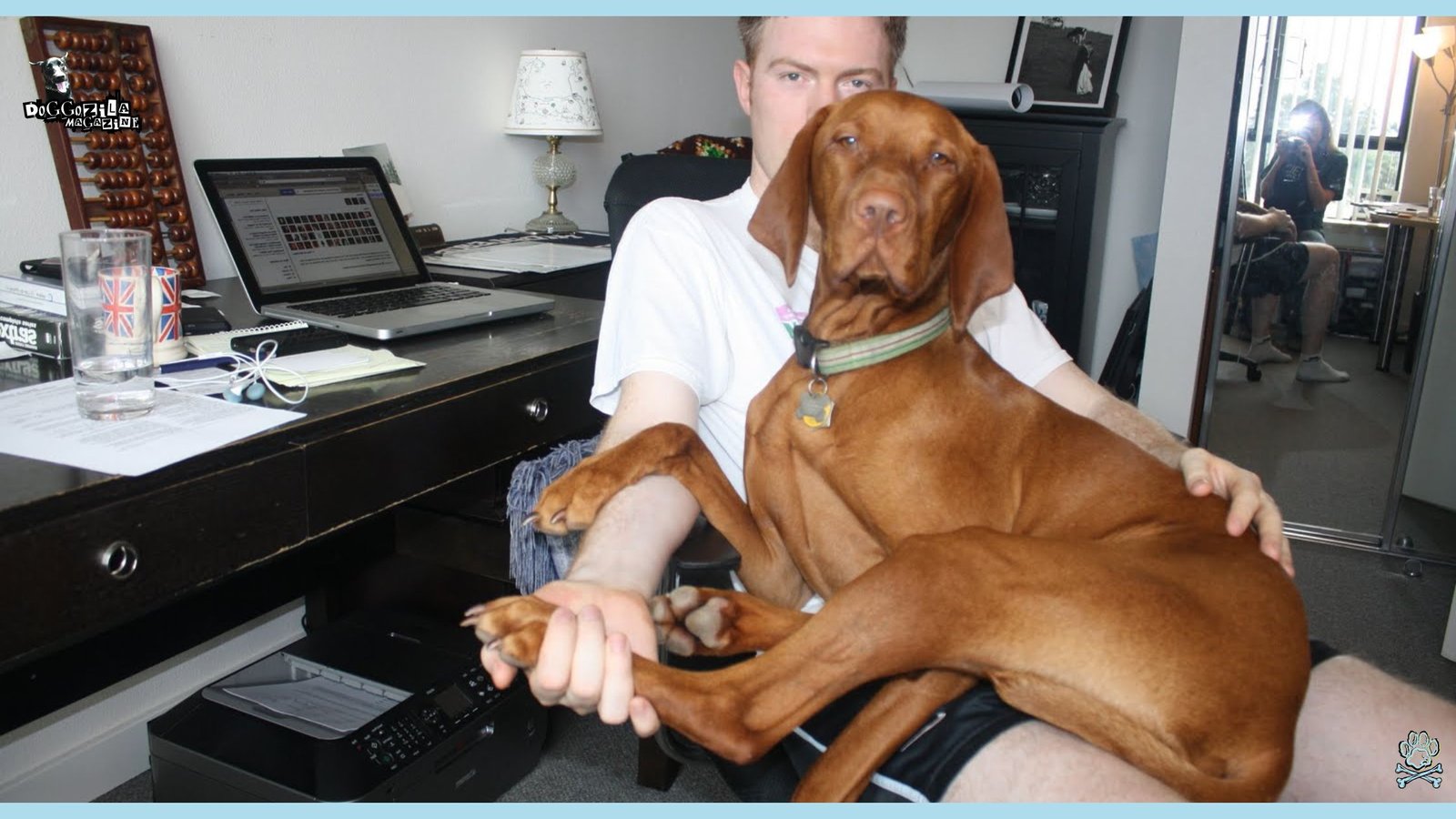
SCIENTIFIC RESEARCH AND CASE STUDIES FROM REAL WORLD EXAMPLES ABOUT VELCRO DOGS BEHAVIOR
Even the most advanced training can backfire if dogs aren’t given structured downtime to process new skills. Overtraining leads to mental fatigue and a resurgence of clingy velcro behavior as dogs seek emotional support from their handler. During rest phases, introduce low-impact puzzle toys or calming massage to deepen relaxation.
A dissertation from Lincoln University demonstrated that dogs given frequent micro-breaks during learning sessions retained cues better and exhibited lower anxiety markers. By respecting your dog’s attention span and energy levels, you’ll cultivate a learning environment where independence and focus blossom side by side.
Travel Tales That Answer The Question Why Is My Dog So Clingy On Road Trips With Case Study Of A Golden Retriever
On a cross-country drive, a Golden Retriever named Sunny went from confident copilot to glued-to-your-seat companion overnight when the family car broke down in a rainstorm. Anxiety kicked in as environmental cues shifted, every horn and thunderclap heightened her need for human contact.
Similar cases detailed in Dog Advisory Council’s 2021 video highlight that sudden changes in routine and location often spark clingy outbursts that mimic separation anxiety. Prepare by packing familiar items: a worn T-shirt, favorite dog bed, and a crash car kit with calming treats.
Incorporate short pit stops for brain-teasing games and reinforce calm states with a clicker and treat combo before re-entering the vehicle. Gradually Sunny relearned that unpredictability can coexist with comfort, and by journey’s end, her shadowing faded as the family drove on with confidence rather than fear.
Case Study Of An Australian Shepherd Using Agility Training To Replace Clingy Habits
When Bailey, a four-year-old Australian Shepherd, began shadowing her family at every meal and during homework sessions, her owners felt stuck between affection and frustration. They enrolled her in a local agility class, turning her herding instincts into a structured sport.
Within two weeks of three weekly agility drills with tunnel runs, weave poles, and pause table exercises, Bailey’s clingy moments dropped dramatically. The consistent physical and mental challenge not only taxed her energy but also built her confidence in solving obstacles independently.
Her family noticed that even at home, she’d dash to her designated “Zoom station” mat when they spoke on video calls, content to solve her own problems until called back for praise. This real-world example underscores how breed-specific sports can channel natural drives into healthy outlets, dissolving the constant need for human attachment.
Adventure Stories And Case Studies From Famous Experiences Showing Clingy Velcro Dogs Transformations
Nothing inspires more than real stories of dogs who broke free from Velcro habits and embraced adventure. We’ll travel from the Scottish Highlands where a Border Collie overcame fear of solo hikes, to Hollywood sets where a Pug found confidence through short film shoots.
These case studies blend celebrity trainers’ insights, dog psychology breakthroughs, and community volunteer rescue tales. You’ll see how creative tactics, like dog-led podcast episodes and scent-trail scavenger hunts, spark independence, proving every pup can evolve beyond clingy.
The Rescue Labrador Who Stopped Asking For Constant Cuddles After Daily Tracking Exercises
Milo was a five-year-old rescue Lab who, after a traumatic shelter stint, clung to his new family like a lifeline. His adoption story went viral when his behavior only intensified: he refused to let his owners out of sight, causing tension and guilt.
A local canine behaviorist recommended a daily tracking routine in a nearby wildlife reserve—Milo would follow hidden scent lines for up to 20 minutes before reuniting with handlers. Within a month, those tracking sessions rewired his confidence; he traded desperate shadowing for proud returns to his family at each trail’s end.
Not only did his separation anxiety vanish, but he also lost 10 pounds from the mental workout. This tale illustrates how guided exploration can heal emotional wounds, making clingy dogs into self-sufficient explorers.
How A Celebrity Trainer Turned A Velcro Pug Into An Independent Explorer With Bite-Sized Adventures
Renowned animal trainer Sarah Bennett documented her journey with Petco’s canine ambassador, Winston the Pug, who boarded live daily training videos complaining about his “need” to follow every camera move. Bennett introduced Winston to micro-adventures: one-minute puzzle challenges on hot spots around the yard, gradually increasing to independent walks on a long lead.
By filming Winston’s solo forays, each concluded with a rewarding cameo on her IG stories—she created positive viral proof that Pugs could be curious solo adventurers. Fans watched Winston blossom from a needy sidekick into a confident co-star, and his bite-sized exploits inspired over 10,000 pet parents to try similar routines. This case proves that independence training can be as shareable and entertaining as a dog’s cutest antics.
🔑 Key Points: Unintentional rewards (treats, attention) for following behaviors strengthen a dog’s tendency to stay close.
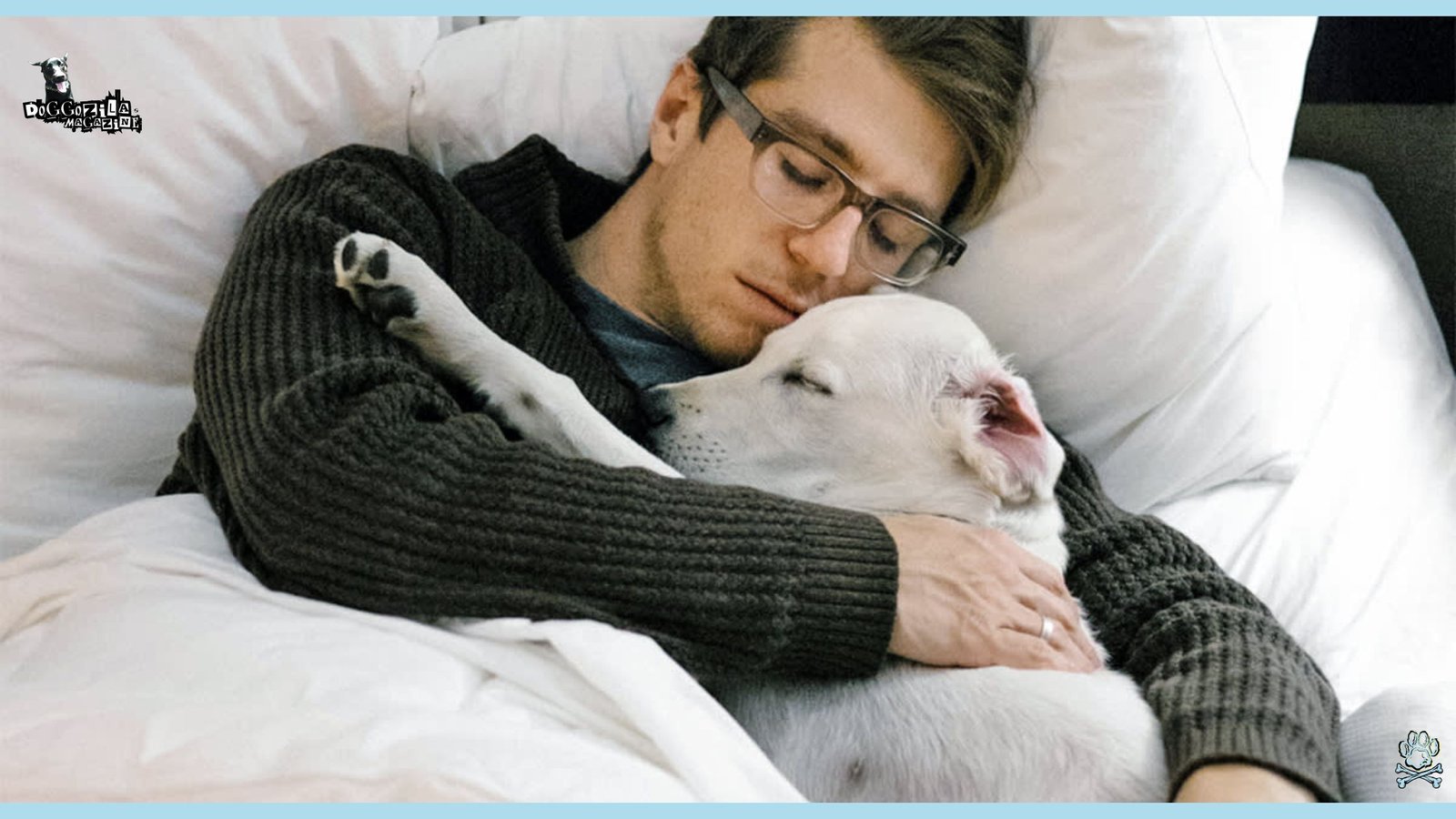
THE SURPRISING IMPACT OF MUSIC THERAPY AND THE ARTS ON ANXIOUS, CLINGY VELCRO DOGS
Beyond traditional training, creative arts therapies have leapt into the pet wellness scene, offering new hope for chronically clingy dogs. In a London-based pilot program, shelter dogs exposed to harp music and scent-infused fabric art installations displayed 35% fewer anxiety behaviors and greater willingness to explore kennels solo. These surprising approaches open doors to independence that pure obedience drills may not reach, turning therapy into both an art form and a catalyst for confidence.
Dogs like Gumbo the Husky, who once followed staff like a shadow, began curling up in art-filled corner nooks, proof that multisensory experiences can soothe deep stress. Back at home, you can replicate elements by playing classical or binaural beat playlists during alone times and creating a DIY art-corner with dog-safe materials.
Related Article: Do Dogs Like Music and Which Genres They Prefer?
Mapping Out Lifestyle Tweaks That Help You Reconnect And Foster Independence In Your Pup
Beyond training and enrichment lies a lifestyle architecture that supports both bonding and autonomy. We’ll cover home layout designs, such as open-concept safe zones with the balances of social and alone time, and mini reward charts that motivate exploration.
Drawing from minimalist living trends, we’ll discuss canine Feng Shui for stress reduction. By restructuring your daily rhythm and environment, you’ll create a world where your dog knows you’re always there but doesn’t feel forced to rely on you every step of the way.
Your home is more than a backdrop, it’s a living system that shapes your dog’s emotional state every hour of the day. By tweaking routines, redistributing resources, and carving out safe zones, you create an environment where your pup knows you’re always there without feeling compelled to shadow you.
Think of it like designing a mini canine campus: rest halls, enrichment labs, and solo study areas all working together. Let’s break down four practical lifestyle strategies that curb clinginess while strengthening your bond.
Designing A Dog-Friendly Home Layout Without Velcro Dogs Following You Room To Room
Every square foot of your home can either reinforce Velcro behavior or promote healthy exploration, so consider spatial zoning to give your dog choices. Place a comfortable bed or nest in a quiet corner of the living room, complete with a photo of you and an interactive chew toy to anchor their attention. Position water and food bowls slightly apart from your usual activity hubs, encouraging your dog to venture off when they’re hungry or thirsty.
Slowly introduce subtle barriers like low console tables or freestanding gates that signal “this space is mine” versus “this space is yours,” and watch as your pup learns to respect boundaries. Integrate enrichment toys, such as puzzle feeders or treat-dispensing balls, in these retreat areas the mental challenge shifts focus away from clinging and toward independent problem-solving.
Over two to three weeks of consistent reinforcement, your dog will begin to view each zone as its own destination rather than a waypoint on your path. You’ll notice them choosing the reading nook over following you to the kitchen, and enjoying snuffle mats instead of tethering themselves to your ankles. In time, your layout adjustments will feel seamless, a house that naturally guides your dog toward confident choices instead of needy ones.
🔑 Key Points: Sometimes, clinginess is just a dog’s way of expressing deep affection—balance bonding with independence.
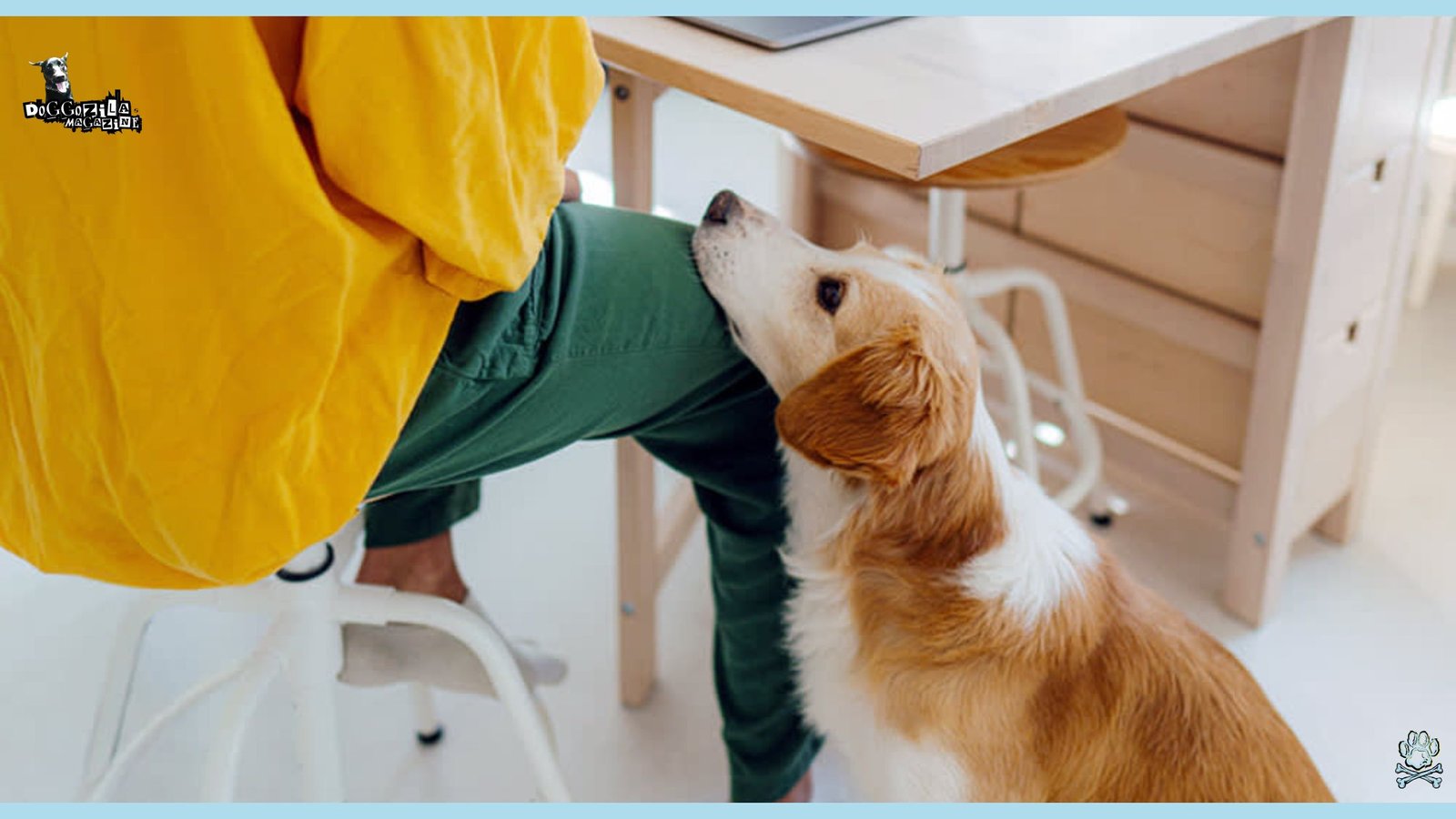
INTERACTIVE GAMES AND DESENSITIZATION EXERCISES THAT SIDELINE CLINGY RESPONSES
When your dog looks at you like they can’t breathe without your company, interactive games offer a bridge between attachment and autonomy. Fetch games with variable distance and unpredictable intervals teach pups that you will return, even if they can’t predict when. Nose-work trays filled with treats, Hide-and-Seek with objects or family members, and “move-and-sit” drills prime your dog’s brain for delayed gratification and self-settling. Schedule these activities during daily routines—like right before you leave for work or take a Zoom call—to preempt clingy reactions.
A University of Lincoln study found that dogs engaged in just 15 minutes of nose work prior to departures showed 60% fewer anxiety signs. By embedding these practices into your rhythm, you rewire your dog’s expectation: “I can handle being alone because fun happens even when my human’s out of sight.”
Balancing Training Tactics And Diving Into Velcro Dogs In Training Sessions And Crate Time
Training can inadvertently fuel clinginess if not balanced with independent exercises. During crate training, some pups see confinement as punishment and beg for constant reassurance when you enter the room. Obedience classes, if too owner-centric, teach dogs that every command must involve you standing right next to them.
Here, we’ll explore positive reinforcement tactics, “go to place” cues, and gradual separation drills that transform crate and training sessions into confidence-building opportunities. You’ll learn how to use clicker training, variable rewards, and structured alone time so that your dog evolves from a Velcro trainee to a self-reliant star pupil.
Why Your Velcro Dogs Are So Clingy During Obedience Drills And Crate Training Phases?
Dogs crave predictability during training, which can translate into clingy behavior when they’re unsure what comes next. If your cues are inconsistent or your timing of rewards unpredictable, your dog will latch onto you for guidance, mirroring the way children cling to a parent during novelty tasks.
A Journal of Veterinary Behavior article notes that dogs with high anxiety often have lower thresholds for learning new cues, making them more dependent on handler proximity. To reverse this, introduce a release word like “free”, that signals the end of an exercise, then step back before offering praise or treats.
Pair crate sessions with a “break” signal linked to reward, so your dog sees the crate as a training tool, not a punishment chamber. Over time, gradual fading of your physical presence teaches dogs that mastery doesn’t require continuous guidance, and you’ll see your Velcro trainee transform into an independent achiever.
Positive Reinforcement Methods That Defuse The Thought Why Is My Dog So Clingy Around Commands
Using high-value rewards and timing them precisely can turn every command into a teacher of autonomy rather than a call for human proximity. When your dog sits or stays successfully at a distance, phase in random treat intervals, sometimes using their favorite cheese, other times with a quick click and pat to keep them guessing and engaged.
This variable reinforcement schedule mirrors slot machine psychology, strengthening behavior without reinforcing the need for your constant presence at their side. Incorporate “stationing” exercises where your dog returns to a designated mat or bed during breaks, decoupling command success from immediate human praise.
Research shows that dogs trained with variable reinforcement resist anxiety and clinginess better, approaching challenges with confidence instead of looking for human deus ex machina. By diversifying rewards and pushing for gradual distance, you’ll defuse the clingy instinct and foster a calm, self-assured partner.
🔑 Key Points: Structured play, nose work, and gradual separation exercises build confidence.
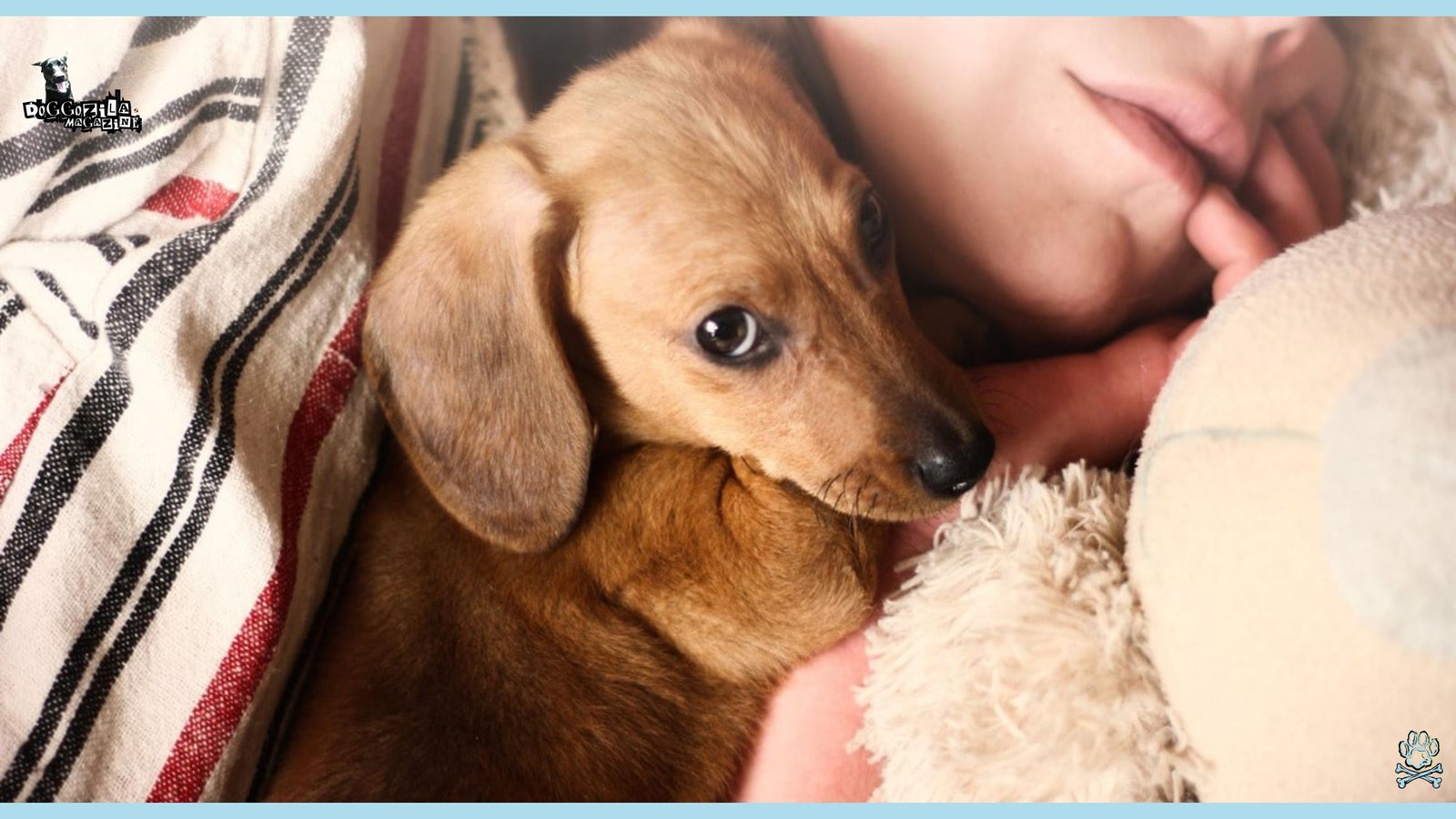
ENRICHMENT & EXERCISE FOR DOGS: CHANNELING ENERGY AWAY FROM VELCRO VIBES
Sometimes, the answer to why is my dog so clingy is surprisingly simple: boredom! A dog with pent-up physical or mental energy has nowhere to focus it except on you. Insufficient exercise or lack of mental challenges leaves them restless and seeking interaction – any interaction – leading to constant following, nudging, or demanding behavior. A tired dog is often a more independent dog!
Ensure they’re getting adequate, breed-appropriate physical exercise (long walks, runs, fetch, swimming). Crucially, pair this with mental enrichment: food puzzles, snuffle mats hiding kibble, chew toys, trick training sessions, scent work games, or safe window watching. When their brain and body are healthily fatigued, they’re much more likely to chill contentedly on their bed rather than shadow your every step.
Brain Games Bonanza: Tiring Them Out Without Leaving the Couch
Can’t manage a 5-mile hike? No problem! Mental stimulation is often more tiring than physical exercise.
Here are powerful ways to combat boredom-based clinginess:
- The Muffin Tin Game: Hide kibble or treats under tennis balls nestled in a muffin tin.
- Frozen Feasts: Stuff a Kong or Toppl with wet food, yogurt, pumpkin, or kibble soaked in broth, then freeze.
- Name That Toy: Teach your dog the names of their toys. Start with one (“Where’s Bunny?“), reward for picking it up. Gradually add more.
- “Find It!” Scent Work: Start easy: toss a treat on the floor saying “Find it!” Gradually hide treats under cups, behind legs, in other rooms.
- Novelty Exploration: Rotate toys weekly. Bring in new, safe objects for them to investigate (empty cardboard boxes, different textured blankets).
- Short Training Sessions: 5-minute trick training (spin, touch, shake) builds focus and burns mental energy.
Engaging their natural problem-solving instincts satisfies deep needs, leaving them happily exhausted and less likely to fixate solely on you.
Embracing The Bond: When Clinginess Is Just Your Dog’s Signature Love Language
After exploring all the potential whys, sometimes the most profound answer to why is my dog so clingy is simply this: you are their sun, moon, and stars. Their world revolves around you in a way we humans can barely comprehend. For many dogs, closeness isn’t anxiety or neediness, it’s their purest expression of connection and contentment. Instead of fighting it, find ways to make it work!
Teach a solid “place” command so they can be near you calmly while you work. Enjoy those couch cuddle sessions guilt-free. Appreciate the unwavering loyalty and affection. As long as their needs are met, their clinginess isn’t a problem to solve, but a unique, furry facet of your irreplaceable bond. Cherish your shadow – it’s a testament to a love that walks beside you, always.
Does your furry shadow have a hilarious clingy habit?
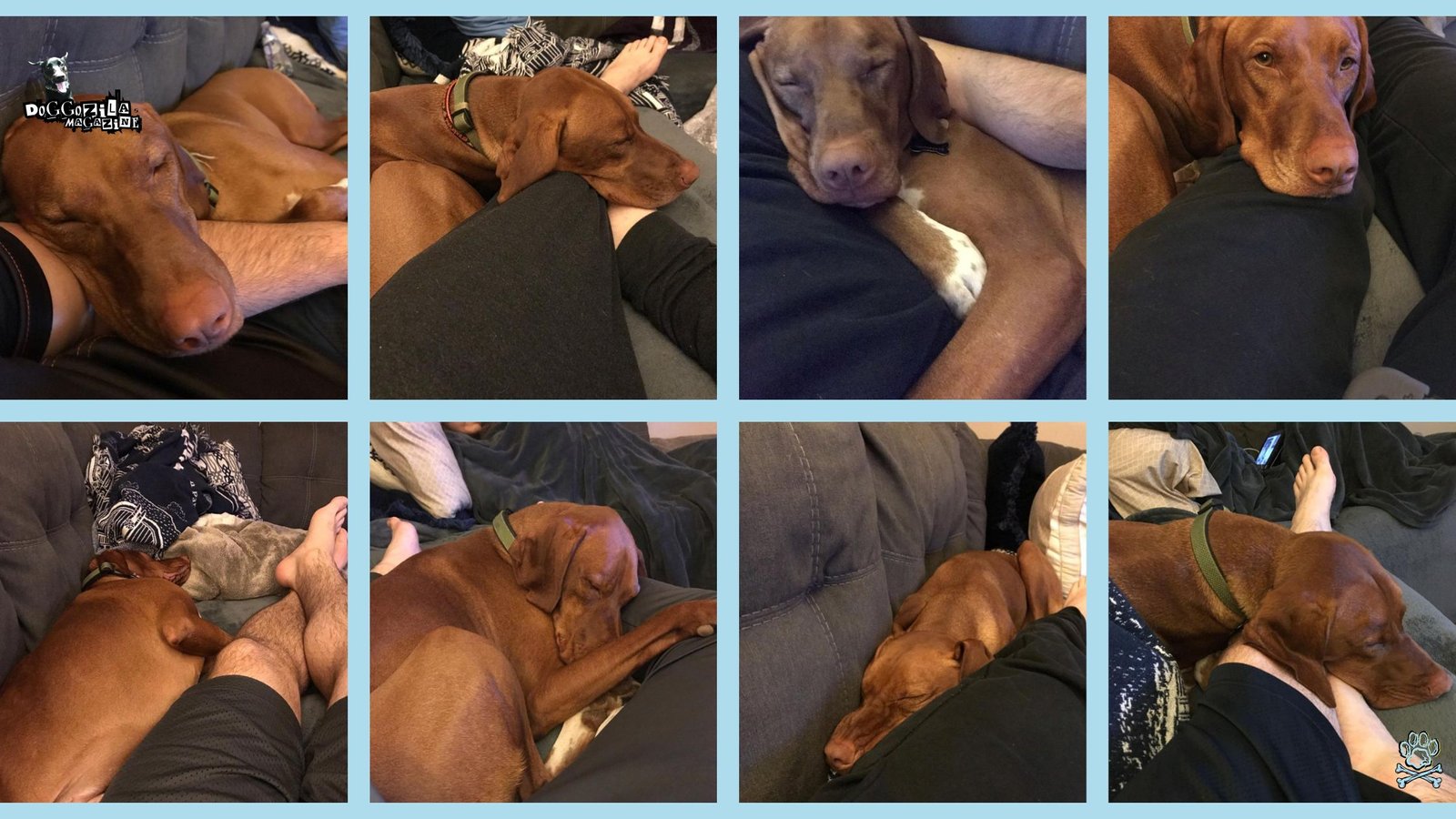
Share your stories with us and let’s celebrate the velcro love!

